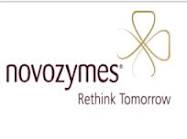



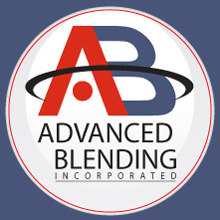
 |
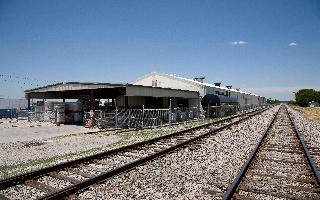 |
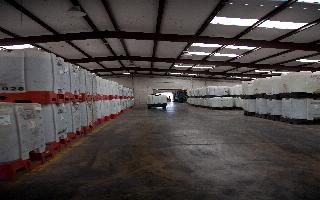 |
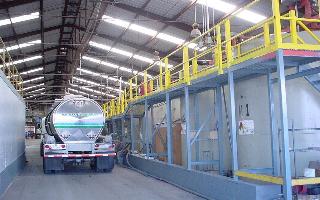 |
 |
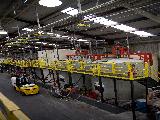 |
 |
Total Water Management / Water Pond, Lake, River Restoration / Water Filtration / Enzyme wastewater treatmen, laundry, and Dishwash Application / Algae Biodiesel
Waste Water Treatment
We provide answers for industrial water treatment, drinking
water treatment and wastewater treatment for industires &
homes.
-industrial water treatment and wastewater treatment information
-Home water treatment
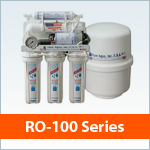 |
 |
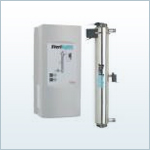 |
Types of Treatment
Flocculation/Sedimentation
Flocculation refers to water treatment processes that combine
or coagulate small particles into larger particles, which settle
out of the water as sediment. Alum and iron salts or synthetic
organic polymers (used alone or in combination with metal salts)
are generally used to promote coagulation. Settling or sedimentation
occurs naturally as flocculated particles settle out of the
water. Industrial water treatment and wastewater treatment
Filtration
Many water treatment facilities use filtration to remove all
particles from the water. Those particles include clays and
silts, natural organic matter, precipitates from other treatment
processes in the facility, iron and manganese, and microorganisms.
Filtration clarifies water and enhances the effectiveness of
disinfection.
Ion Exchange
Ion exchange processes are used to remove inorganic contaminants
if they cannot be removed adequately by filtration or sedimentation.
Ion exchange can be used to treat hard water. It can also be
used to remove arsenic, chromium, excess fluoride, nitrates,
radium, and uranium. Industrial water treatment and wastewater
treatment
Adsorption
Organic contaminants, unwanted coloring, and taste-and-odor-causing
compounds can stick to the surface of granular or powder activated
carbon and are thus removed from the drinking water.
Disinfection (chlorination/ozonation)
Water is often disinfected before it enters the distribution
system to ensure that potentially dangerous microbes are killed.
Chlorine, chloramines, or chlorine dioxide are most often used
because they are very effective disinfectants, not only at the
treatment plant but also in the pipes that distribute water
to our homes and businesses. Ozone is a powerful disinfectant,
and ultraviolet radiation is an effective disinfectant and treatment
for relatively clean source waters, but neither of these are
effective in controlling biological contaminants in the distribution
pipes. Industrial water treatment